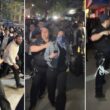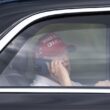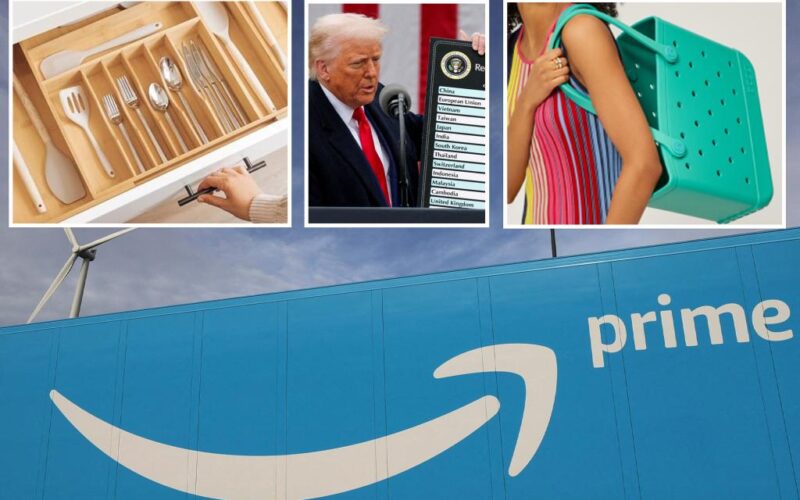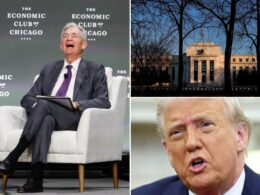Amazon sellers are opting out of Prime Day this year, unable to offer steep discounts across their online storefronts as they face uncertainty over President Trump’s tariffs, according to a report.
Some merchants who manufacture products in China are sitting out the mid-July shopping event as Trump’s 145% tariff on Beijing hammers their profit margins, according to a Reuters report based on interviews with four merchants and six consultants collectively advising hundreds of sellers.
“Amazon will be fine, but I do feel for some of the third-party sellers – they’re the ones that are going to be hurt the most in this environment,” Arun Sundaram, analyst at CFRA Research, told Reuters.
An Amazon spokesperson told The Post they have seen a “strong response from selling partners to Prime Day 2025.”
They added that prices on hundreds of millions of items on Amazon have not increased outside of typical fluctuations.
Steve Green, an Amazon vendor who sells $230 bicycles and $60 skateboards made in China, said he’s skipping Prime Day for the first time since 2020 – claiming Trump’s 145% rate on Beijing will more than double his costs and make the discount holiday “unaffordable.”
Kim Vaccarella, chief executive of Bogg Bag, a tote bag company with manufacturing in China, also decided to skip the discount event this year, opting to save her inventory for retailers like Macy’s, Bloomingdale’s and Dick’s Sporting Goods, where the bags can be sold at full price.
Vaccarella said she has halted production of the bags, which sell for $70 to $200 on Amazon, while she tries to shift manufacturing to Cambodia and Vietnam.
The two nations are currently facing 10% levies from the White House, as Trump has put much harsher rates on pause for 90 days to provide time for negotiations.
Participation in Prime Day is optional for Amazon vendors, but the e-commerce giant spends millions promoting the shopping holiday each year, inciting merchants with the opportunity to sell their products to a wider audience.
Prime Day can also pinch profits, though, since participating sellers need to offer sizable discounts during the four-day event, according to Sundaram.
Amazon has not yet announced the dates for this year’s Prime Day event.
Amazon takes a 15% commission on each unit sold, and there are additional fees to be highlighted on the website, like $1,000 to be labeled a “Best Deal” – leaving the average seller to profit just about 15% to 20% of the sale, according to consultants.
Adam Wilkens, who advised about 30 Amazon merchants as a consultant, said that some of his clients “can’t even think about Prime Day yet because they don’t have their tariff pricing adjustments finalized.”
Jon Elder, whose clients consist of at least 100 Amazon sellers, said nearly all of his clients are cutting back on their Prime Day deals.
Michael Slate, who runs home goods company KitchenEdge, said he usually spends the spring season preparing for Prime Day – but that routine is being sidetracked by the tariffs.
“With the uncertainty, I can’t offer a 20% discount when I don’t know what my product cost is going to be in the future,” he said.
The same goes for Rick Sliter, chief executive of pillow company MedCline, which sells $250 therapeutic pillows made in China and Vietnam on Amazon.
“Last year Prime Day was a no-brainer,” said Sliter, adding that the event raked in sales seven times higher than an average day. “But if tariffs continue, discounting gets thrown out the window.”
Nearly 62% of units sold on Amazon in the fourth quarter last year came from third-party sellers, according to research firm Marketplace Pulse.
Trump’s tariff on China is also expected to slam Amazon’s sales with first-party partners, like Hasbro toys.
Amazon buys products wholesale from these retailers and then sells them on their own, but much of this inventory is also manufactured in China.
With Post wires








